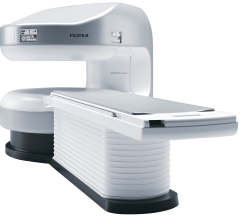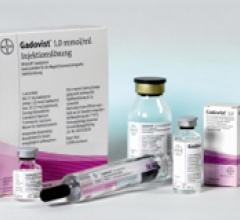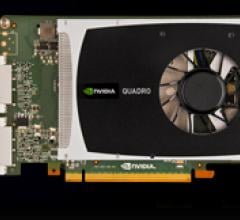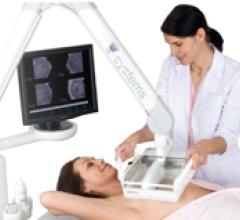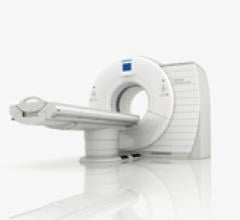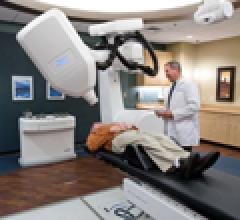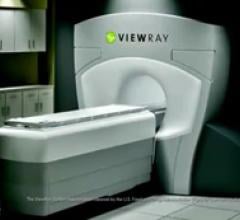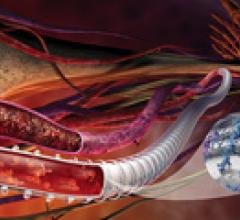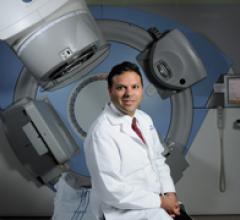Two big advances in cardiac advanced visualization software were highlighted in December at the 2010 Radiological Society of North America (RSNA) meeting in Chicago. TeraRecon highlighted a computer-aided detection (CAD) software module to detect coronary artery stenosis.
When breast imaging studies cast suspicion that there may be cancer present, a common course of action is to obtain a tissue sample in order to make an accurate assessment. Today, while there are several minimally invasive biopsy techniques available, a more invasive surgical procedure is being used more often than it should be - at least in the state of Florida and perhaps across the country.
The Christiana Care Breast Center in Newark, Del., takes pride in its comprehensive, multi-disciplinary approach to breast care. Its affiliation with the Helen F.
Fujifilm’s APERTO Lucent is a 0.4T mid-field, open MRI system addressing today’s capability and image quality needs ...
This article appeared as an introduction to the Teleradiology Services comparison chart. This is the sixth straight year that Imaging Technology News has featured a comparison chart on teleradiology services. When you publically compare vendors, they know what they are up against, re-evaluate their offerings and hopefully make improvements.
The past 15 years have seen significant advances in treatment planning. Physicians can now work in 3-D, utilize dose planning and take advantage of techniques such as intensity-modulated radiation therapy (IMRT) and image-guided radiation therapy (IGRT).

SPONSORED CONTENT — Fujifilm’s latest CT technology brings exceptional image quality to a compact and user- and patient ...
Computed tomography (CT) technology has developed tremendously in the past 30 years. Significant improvements in spatial and temporal resolution of current scanners allow for acquisition of high-resolution images of the small and fast-moving coronary arteries.
SPONSORED CONTENT — Fujifilm’s latest CT technology brings exceptional image quality to a compact and user- and patient ...
Lung cancer is the most common form of cancer found today. There are two primary types - small cell and nonsmall cell. The National Cancer Institute (NCI) estimates that in 2010, more than 157,300 men and women died of the disease in the United States.
March 15, 2011 – The U.S. Food and Drug Administration (FDA) has approved Gadavist (gadobutrol) injection, a macrocyclic gadolinium-based contrast agent (GBCA), for intravenous use in diagnostic magnetic resonance imaging (MRI) in adults and children.
March 15, 2011 – According to a new report by iData Research, the U.S. breast imaging and mammography markets are expected to recover from the economic recession and almost double in value by 2017, reaching more than $1 billion.
SPONSORED CONTENT — EnsightTM 2.0 is the newest version of Enlitic’s data standardization software framework. Ensight is ...
March 15, 2011 – A new graphics solution has been launched for use in professional medical imaging environments to help improve the accuracy and timeliness of patient diagnosis. The NVIDIA Quadro 2000D provides key diagnostic display capabilities and application performance that hospitals and clinics need to effectively interpret and manage high-resolution patient imagery.
Adding radiation and/or tamoxifen therapy to the treatment plan of women who undergo a lumpectomy for ductal carcinoma in situ (DCIS) reduces the risk of a dangerous recurrence, according to a study in the Journal of the National Cancer Institute.
Much of nuclear imaging depends on a steady supply of an isotope called molybdenum-99 (Mo-99). A byproduct of nuclear fission, Mo-99 is used to produce another radioactive substance, technetium-99m, which is employed in more than 16 million nuclear imaging procedures every year in the United States alone.
Did you know that approximately one-third of all the data in world is created by the healthcare industry and that ...
March 14, 2011 – A pivotal ROC reader study for automated breast ultrasound cancer screening has been completed. The multi-reader, multi-case (MRMC) study evaluated the sensitivity of the somo•v Automated Breast Ultrasound (ABUS) together with a screening mammogram in detecting breast cancer in women with dense breast tissue
March 14, 2011 – Siemens Healthcare and the Child Health Corporation of America (CHCA) have entered into a group purchasing organization (GPO) agreement. As a result of the agreement, CHCA owners will have greater access to Siemens pediatric-specific medical imaging technologies for their hospitals and pediatric healthcare delivery systems.
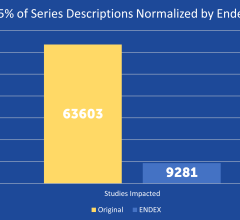
SPONSORED CONTENT — EnsightTM 2.0 is the newest version of Enlitic’s data standardization software framework. Ensight is ...
March 14, 2011 – Two of the most advanced tools for precise radiotherapy-based treatment are now under one roof in Seattle. Swedish Medical Center this month became the first facility in the Pacific Northwest – and one of only a handful in North America – to open a unit that incorporates both CyberKnife and Gamma Knife technologies.
March 14, 2011 – The University of Wisconsin Carbone Cancer Center (UWCCC) in Madison, Wis., will soon become one of the first oncology research centers to acquire a radiotherapy system from ViewRay. The research radiation therapy system features a combination of radiotherapy delivery and simultaneous magnetic resonance imaging (MRI).
March 14, 2011 – A vascular graft for hemodialysis access has received the CE mark. The Gore Propaten vascular graft, from W.L. Gore and Associates, utilizes a covalent bonding technology to adhere heparin to the graft surface.
March 11, 2011 - The U.S. Food and Drug Administration (FDA) is alerting referring physicians of poor quality reads on mammography exams at Huntington Radiology in Huntington Park, Calif.
March 11, 2011 - The prospect of increasing radiation therapy treatment speed using dynamic, arc-based radiation therapy is capturing the imagination of Indian clinicians, if Vivek Mehta’s recent experience is any indication.
Medical device companies spend around $1 million at the front end of every device development project to get to a product concept that they want to take to market. Some vendors spend it better than others, according to Sagentia, a company that works with device vendors to develop new technologies, products and services.


 March 18, 2011
March 18, 2011 
